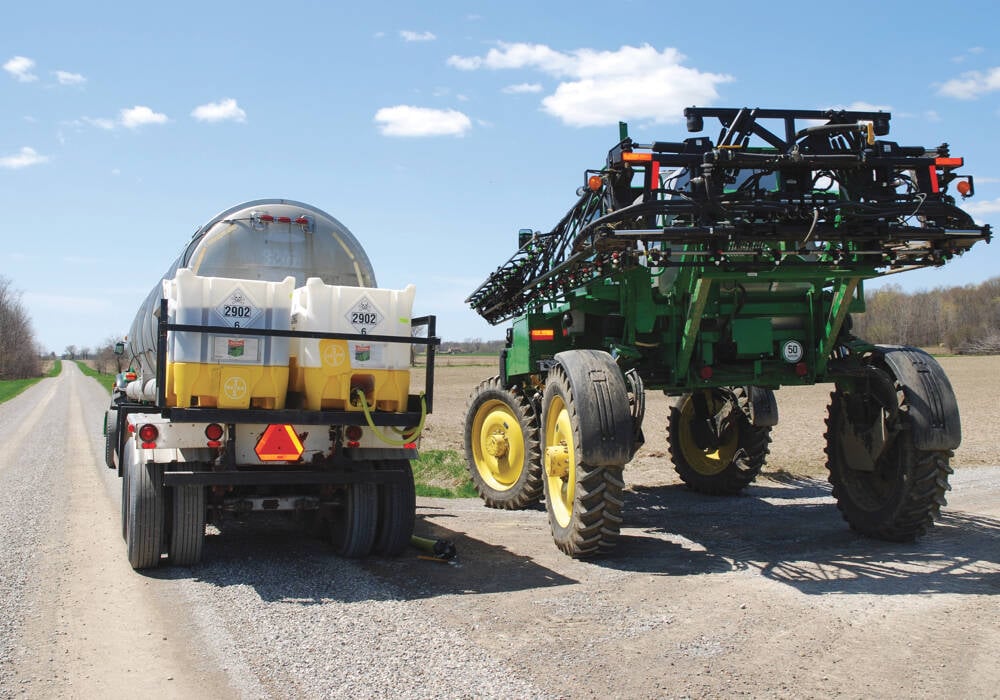Herbicide resistance isn’t the first thing to blame if weeds persist after herbicide application.
There are a few options to consider before making that leap, said Agriculture Canada weed ecologist Charles Geddes. Scouting is essential to accurate determination of why herbicides fail.
Successful application is determined by favourable soil moisture, good fertility, moderate temperatures, high relative humidity, young and growing weeds, a healthy and competitive crop stand and clean water.
Failure can occur through errors in dose or equipment, inappropriate weed staging, hard and dirty water, rainfall after application, conditions that are too hot, too cold, too wet or too dry, and of course, herbicide resistance of the weeds.
Read Also

Warding off dicamba spray drift
When it comes to farm weed control, some spraying experts say dicamba’s drift risk isn’t worth it, others say it’s a matter of proper management, smart farmer decisions and chemical product choice.
“It’s only after you’ve ruled out all of these other potential options for herbicide failure where you can consider that the population might be herbicide resistant and even at that point, the population can be suspected resistant but it’s not confirmed resistant until its sent for resistance testing,” Geddes said during a webinar organized by Alberta wheat and barley groups.
He added that on that list, spraying when weeds are not at the appropriate stage of growth is a common problem.
“It’s important to pay attention to the weed stages that are on the herbicide label… because often we see applications outside of that window.”
Geddes said herbicides are the “Goldilocks of weed management” because conditions have to be just right for them to work best.
There are several clues to guide farmers on whether to have weeds tested for resistance.
Live weeds that survive next to dead ones is a major one. If one weed species escapes in a field where others listed on the herbicide label are controlled, that’s another red flag.
Under-dosing in areas around water bodies or sloughs could lead to lack of control in general but could also lead to development of resistance. Repeatedly using the same product or products from the same group is also ill advised.
Ideally, the crop should be scouted 14 to 21 days after post-emergent herbicide application and then weekly after that, Geddes said.
If other factors have been ruled out and herbicide resistance is still suspected, he suggests further steps:
- getting a second opinion
- considering other chemical control options if weeds are in early stages
- considering non-chemical management if weeds are in later stages
- sending a sample for testing
- leaving a small patch to produce viable seed collect it and send it to diagnostic lab.















